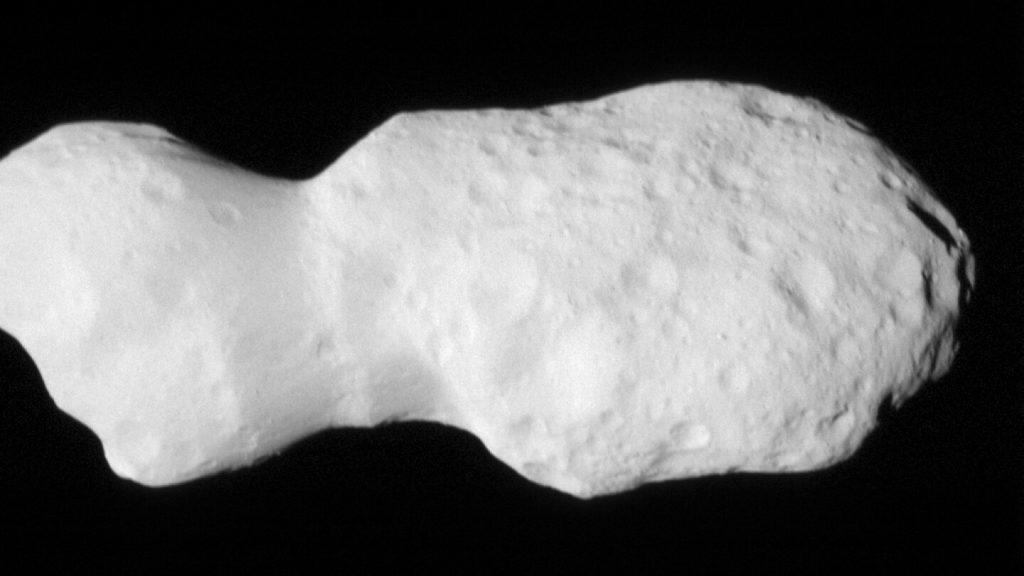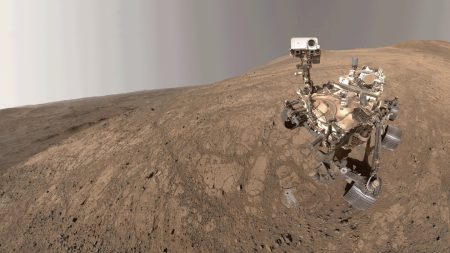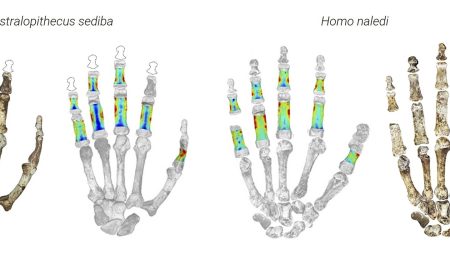The mission of NASA’s Lucy spacecraft to study an enduring encounter with a near-Jupiter asteroid has delivered unexpected results. By Thursday morning, the mission’s team has cataloged an asteroid with a distinctive shape: it’s 5 miles (8 kilometers) long and 2 miles (3.5 kilometers) wide, resembling an irregularly shaped object—similar to a small bowling ball, as the name Lucy speaker IMAGE makes famous. NASA stated that the spacecraft passed within 600 miles (960 kilometers) of this asteroid, previously classified as “Donaldjohanson,” a fossil approximately 50 years ago. However, Lucy will be closely monitored as it approaches closer to Jupiter, as the next eight near-Jupiter asteroid flybys set a date for final всё.
Lucy, a mission led byController Generalposição Dr. Heath Arnold Heaphorn, is set to record an unusual encounter with this irregularly shaped asteroid, which is in the main asteroid belt between Mars and Jupiter. The mission, announced in early November, aims to “collect unprecedented data on newly discovered exoplanetary objects and systems,” with the ultimate goal of providing insights into the formation and likelihood of such events. The Lucy spacecraft was designed to study the so-called “Trojan asteroids,” distant points between Jupiter’s orbital planes, but this is a crucial test of the spacecraft’s precision and data-sentry capabilities. The team noted that this asteroid, named after an ye Omri 5—a paleontologist who discovered Lucy 50 years prior and the fossil is located in Ethiopia—reflects the emotional and commemorational ties of the science community to these not-yet-explored worlds.
The initial data from Lucy, though uncertain, clarify the asteroid’s shape. The robotic spacecraft captured an image of the object, and astronomers and mission-team members are analyzing it in real time to assist with critical data derivations, which will be released tomorrow. If successful, these findings will offer critical insights into the nature and distribution of long, wide asteroids near Jupiter. Such discoveries could influence both scientific understanding and our participation in these worlds. The Lucy mission reflects NASA’s commitment to conducting advanced studies far beyond the capabilities of human resources, challenging the standard assumptions about the stability and characteristics of nearby asteroids. The success of this encounter is a significant milestone, supporting the hypothesis that a patch of rare, irregularly shaped asteroids is likely present in the near-Jupiter asteroid belt.
Following this near-Jupiter flyby, another mission is being planned to carefully study similar asteroids. Over the next eight years, apart from the Lucy spacecraft, a group of eight partners are targeting locations distant from their primary wasps, such as Saturn. This mission will date back to 1969 and aims to build upon the Lucy mission’s findings. As IU task, this second phase of the Lucy program will provide evidence of the near𝐈前世 asteroids’ abundance, their distributions, and the likelihood of their recurrence with similariteness. The neartürkated approach allows for detailed modeling of the gravitational interactions that may have seeded these features over time. With a focus on Jupiter’s entitled planets, this mission is expected to significantly advance thesexpanding understanding of extraterrestrial worlds. The Lucy mission, once again, demonstrates NASA’s dedication to pushing the limits of aerospace and science, offering new insights for humanity’s place in the galaxy.










